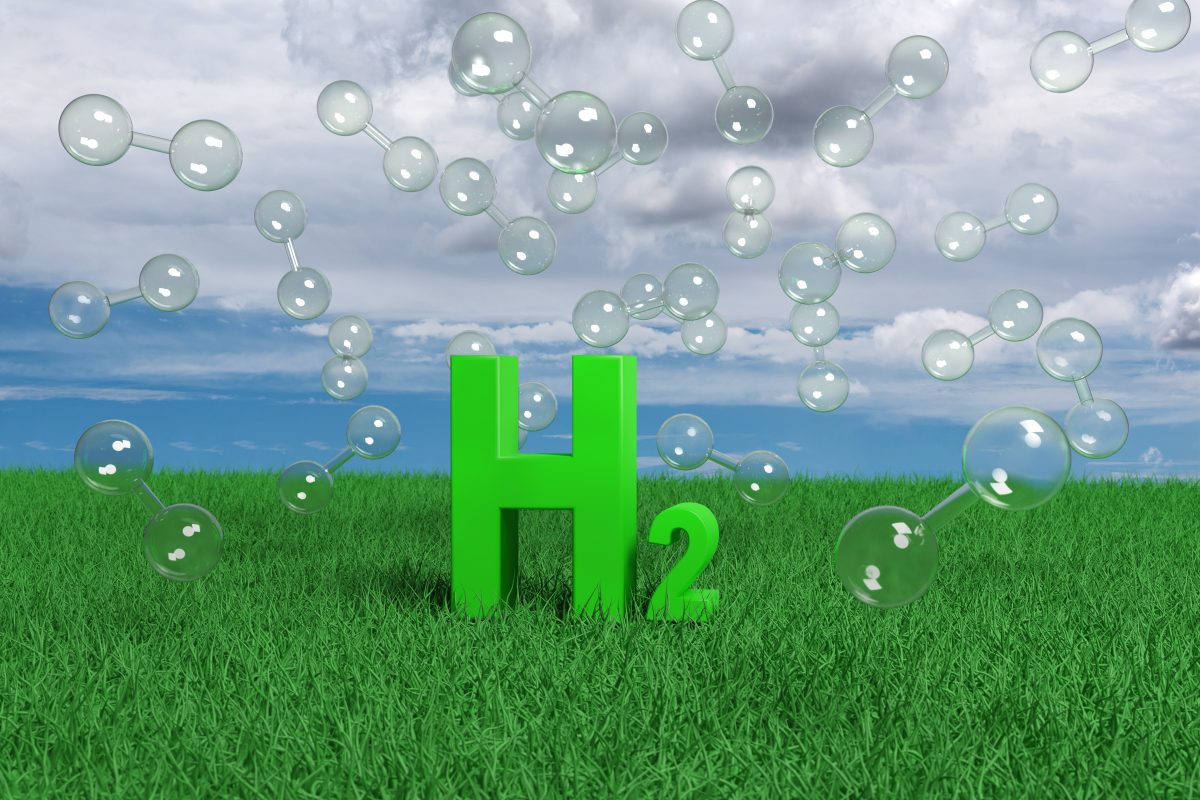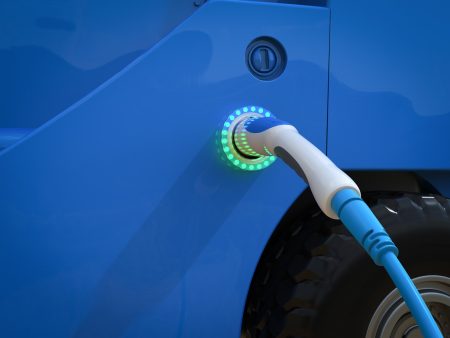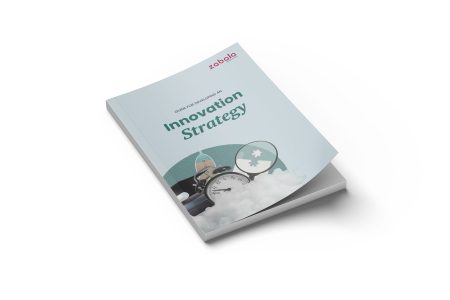
News
INNOVATION
What are TRLs and why are they important for your innovation project?
The Technological Readiness Level provides a quick and universal measure of the stage of an R&D&I project
GREEN HYDROGEN
The call to decarbonise the planet is a green one. One that is produced by electrolysis from water and renewable electricity.

Hydrogen is the most abundant chemical element on the planet. It accounts for 75% of the universe’s elemental mass. Most importantly, it does not emit CO2 nor much atmospheric pollution when it is used.
Reasons enough for the European Union to consider it “essential” for its commitment to carbon neutrality by 2050. We are talking about one of Europe’s greenest bets: hydrogen.
Grey, blue, turquoise and green are the colours that define the four types of hydrogen that exist. Hydrogen changes colour, depending on the origin of the energy used in the production process.
As you might have guessed, this alternative to decarbonise Europe and accelerate the energy transition is green hydrogen, produced by water electrolysis and electricity from renewable sources.
Green is also the most compatible option with the EU’s goal of climate neutrality and zero pollution. Today, green hydrogen has various applications. It can be used to store large amounts of energy for long periods of time, in the transport sector, in industry and in buildings, for example.
However, as the European Commission itself indicates in its Hydrogen Roadmap, presented last summer, green hydrogen is not yet competitive. Which is why Europe is proposing 3 scenarios that will enable the hydrogen ecosystem to gradually develop:
The different actors have already begun to play their role based on the scenario detailed above. Within the framework of the Horizon Europe programme and with the aim of continuing FCH-JU’s efforts, the European Clean Hydrogen Partnership will be the main body responsible for channelling public funding to accelerate investment in R&D and the deployment of technologies based on clean hydrogen, as an essential vector for a more sustainable, decarbonised energy system that has fully integrated renewable energy sources.
One recent initiative is the European Clean Hydrogen Alliance, which, as part of the new European industrial strategy, was launched to gather all the strategic players in the sector, since the weight of industry is considered fundamental.
In the field of public financing mechanisms for innovation projects, we should also highlight the Innovation Fund and the Breakthrough Energy, Scaling Innovation initiative, whose assured continuity will allow us to continue to benefit from attractive financial incentives for R&D&I investments, which will be complementary to the mechanisms offered by the Clean Hydrogen Partnership or calls within Horizon Europe’s Cluster 5, Climate, energy and mobility.
In the latter, different topics related to green hydrogen have already been identified. You can consult them in the table below.
[visualizer id=”87795″]
ZABALA Innovation will continue to offer its support services for the preparation and management of European projects, within one of the strategic sectors in which it has the most experience: Energy. Today, we have worked on hydrogen-based innovation projects in the framework of the Innovation Fund and we have a portfolio of clients interested in integrating hydrogen as an essential technology in their business ecosystem and project portfolio.

News
INNOVATION
The Technological Readiness Level provides a quick and universal measure of the stage of an R&D&I project

Opinion
Transport

Gorka Arzallus
Consultant and transport and hydrogen expert

Publication
INNOVATION CONSULTANCY
With this document, written by our colleague Guillermo Dorronsoro, we want to offer you a guide to carry out an innovation strategy in your company
We provide advice to activities that encourage innovation, aimed at promoting the development of new innovative markets from the demand side, through public procurement.
We are experts in European funding programmes, which provide the opportunity to finance the development and market access of your company's innovative projects.
We collaborate with public administrations to promote innovation and assist companies in integrating innovation into their overall strategy.
This website uses cookies so that we can provide you with the best user experience possible. Cookie information is stored in your browser and performs functions such as recognising you when you return to our website and helping our team to understand which sections of the website you find most interesting and useful.
Strictly Necessary Cookie should be enabled at all times so that we can save your preferences for cookie settings.
This website uses Google Analytics to collect anonymous information such as the number of visitors to the site, and the most popular pages.
Keeping this cookie enabled helps us to improve our website.
Please enable Strictly Necessary Cookies first so that we can save your preferences!
This website uses the following additional cookies:
(List the cookies that you are using on the website here.)
Please enable Strictly Necessary Cookies first so that we can save your preferences!